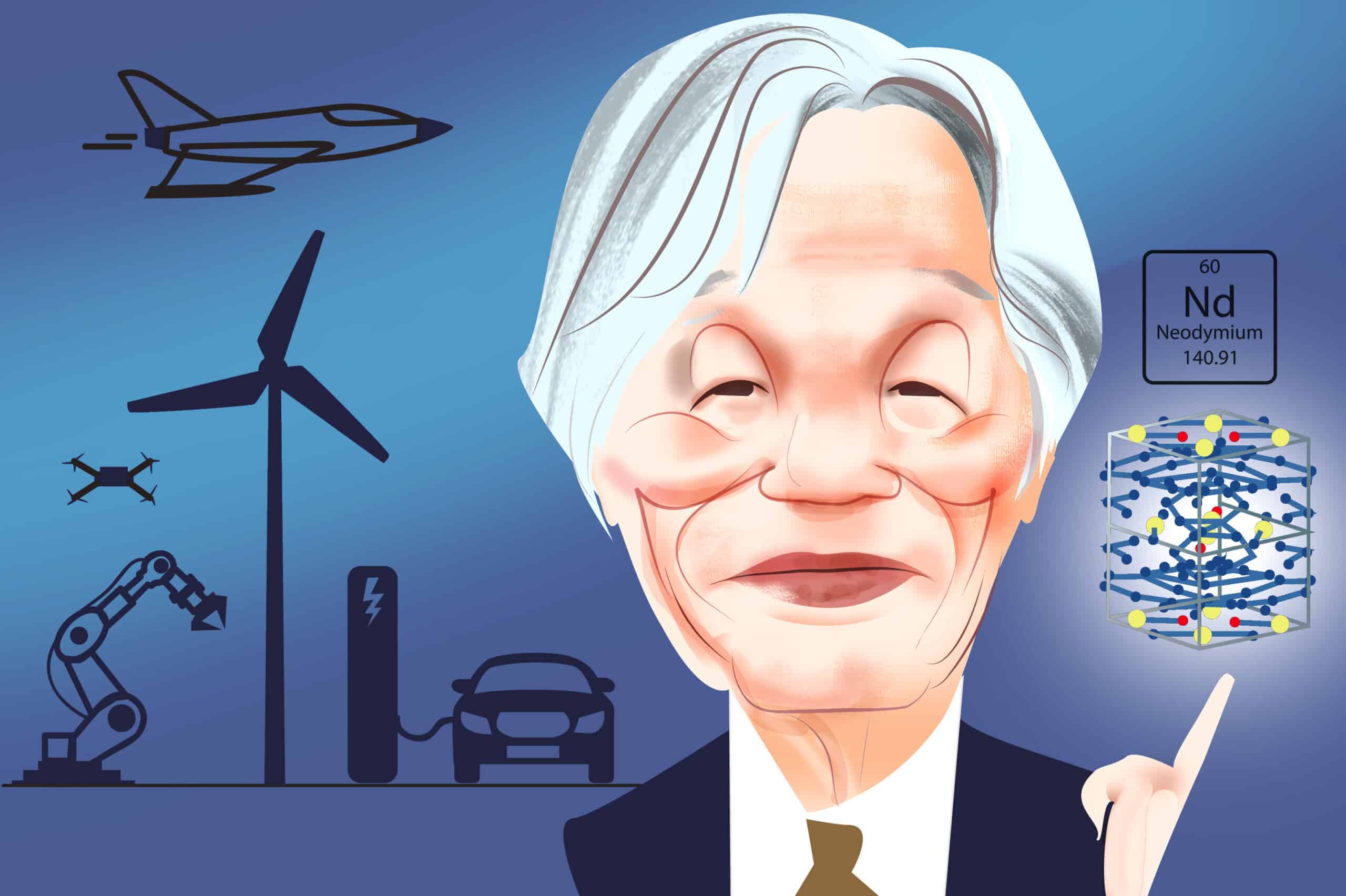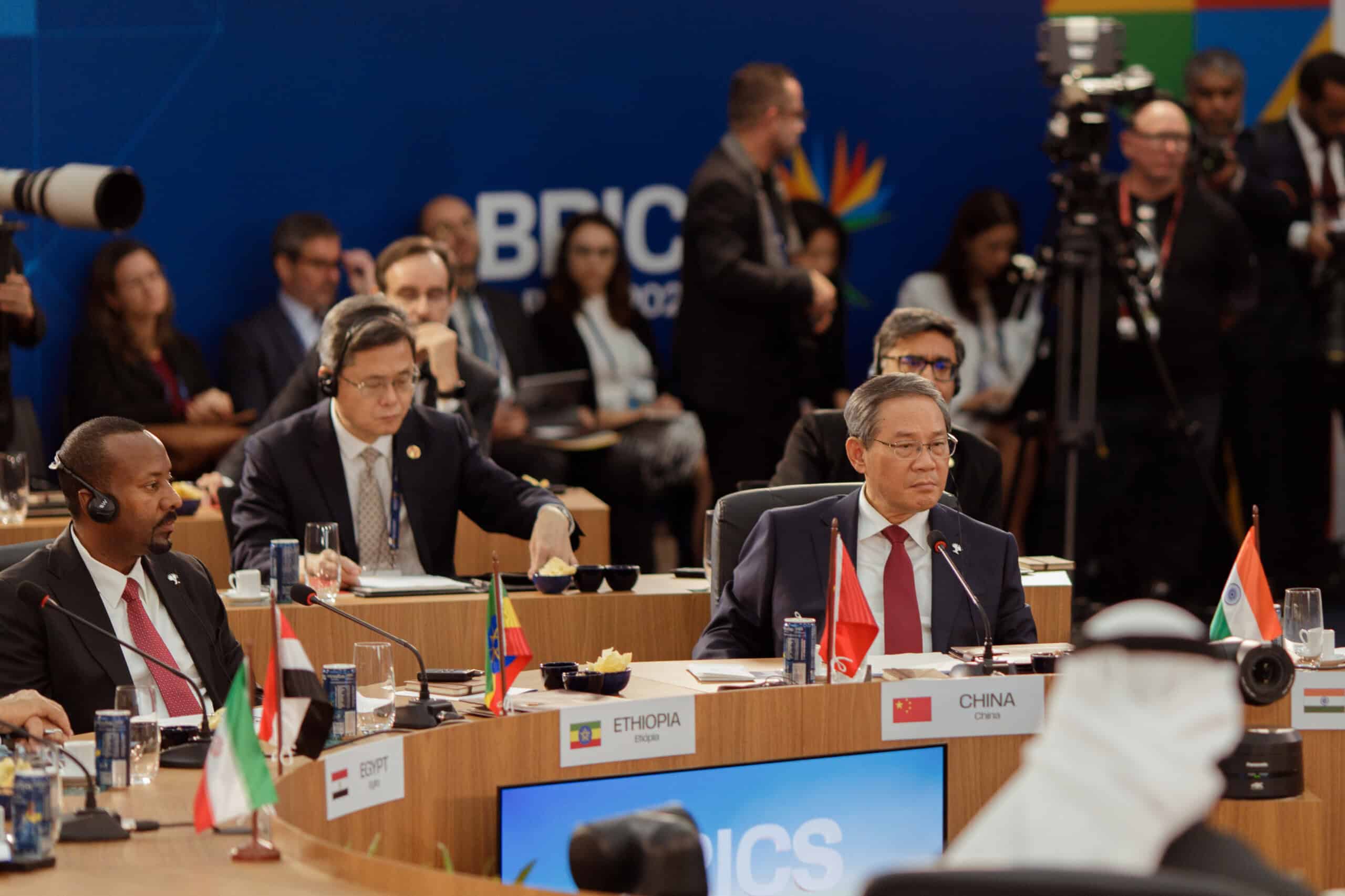Anja Manuel, a former diplomat, is a director of the Aspen Security Forum and co-founder and principal of the strategic consulting firm, Rice, Hadley, Gates & Manuel LLC, with former Secretary of State Condoleezza Rice, former National Security Advisor Stephen Hadley and former Secretary of Defense Robert Gates. Manuel, a former State Department official, writes extensively about Asia and China’s rise as a technology power. She is the author of This Brave New World: India, China and the U
Navigate China's Business Landscape with Confidence.
- Gain visibility into supplier risks
- Easily manage trade compliance
- Conduct in-depth due diligence



